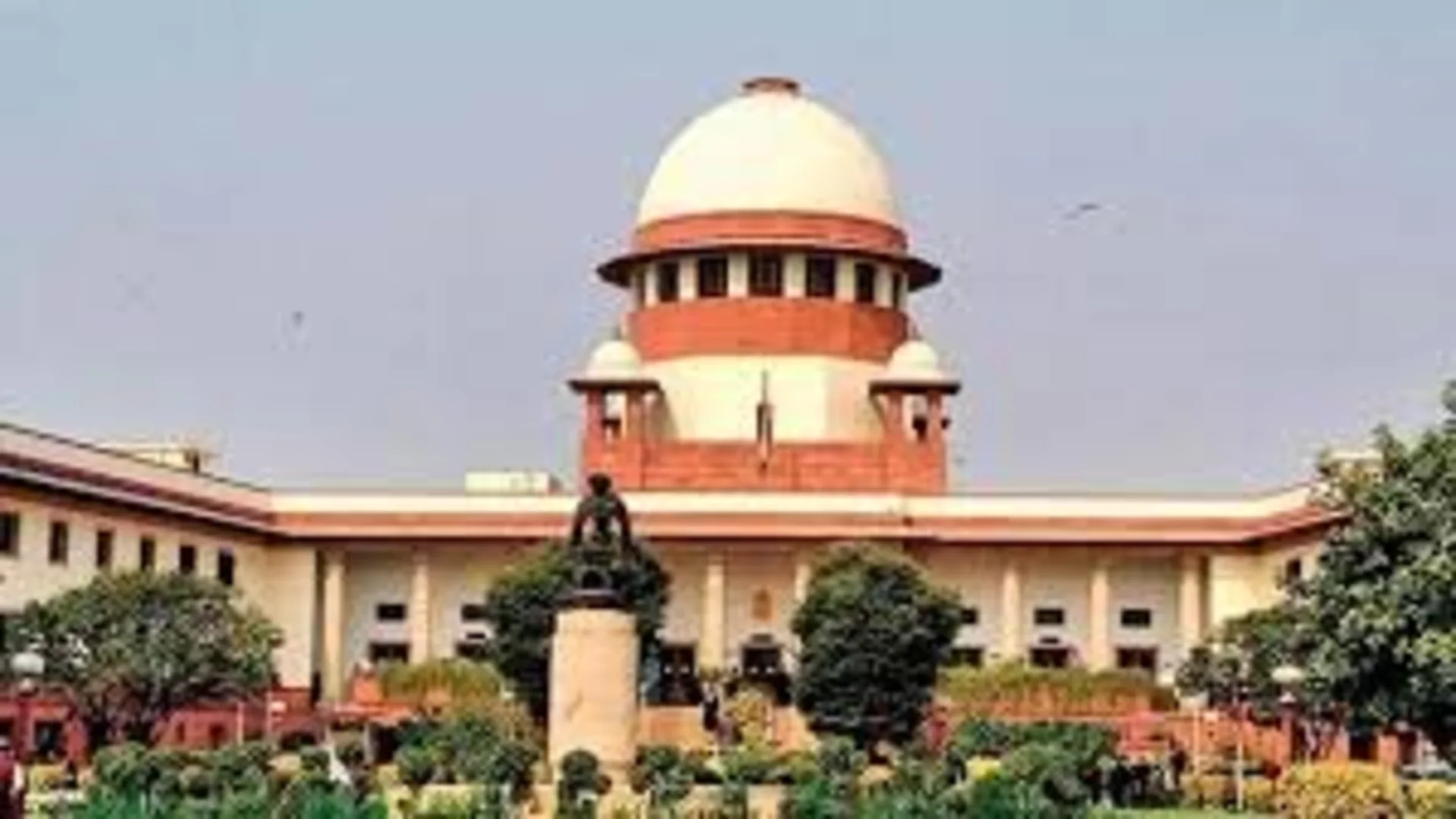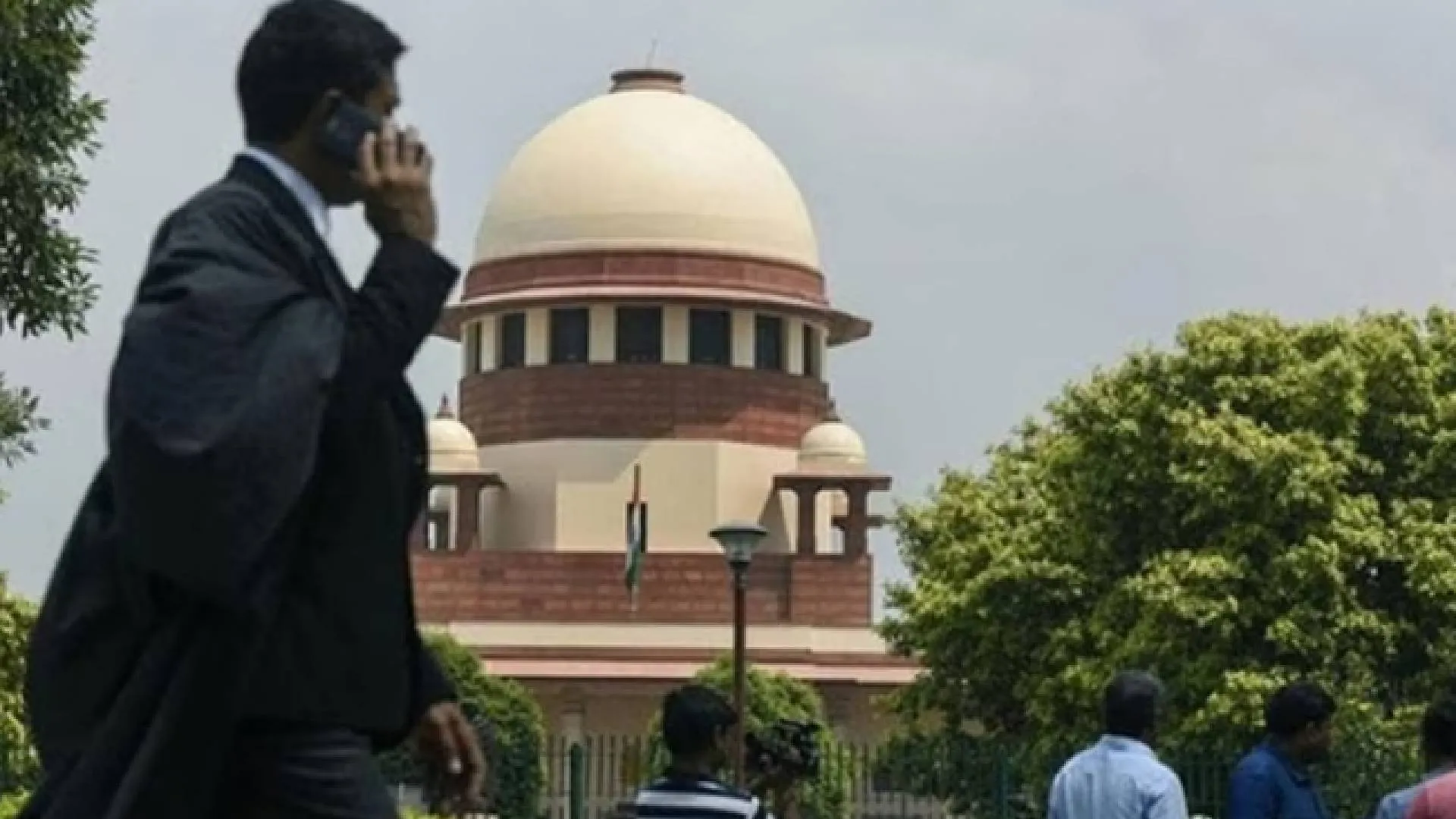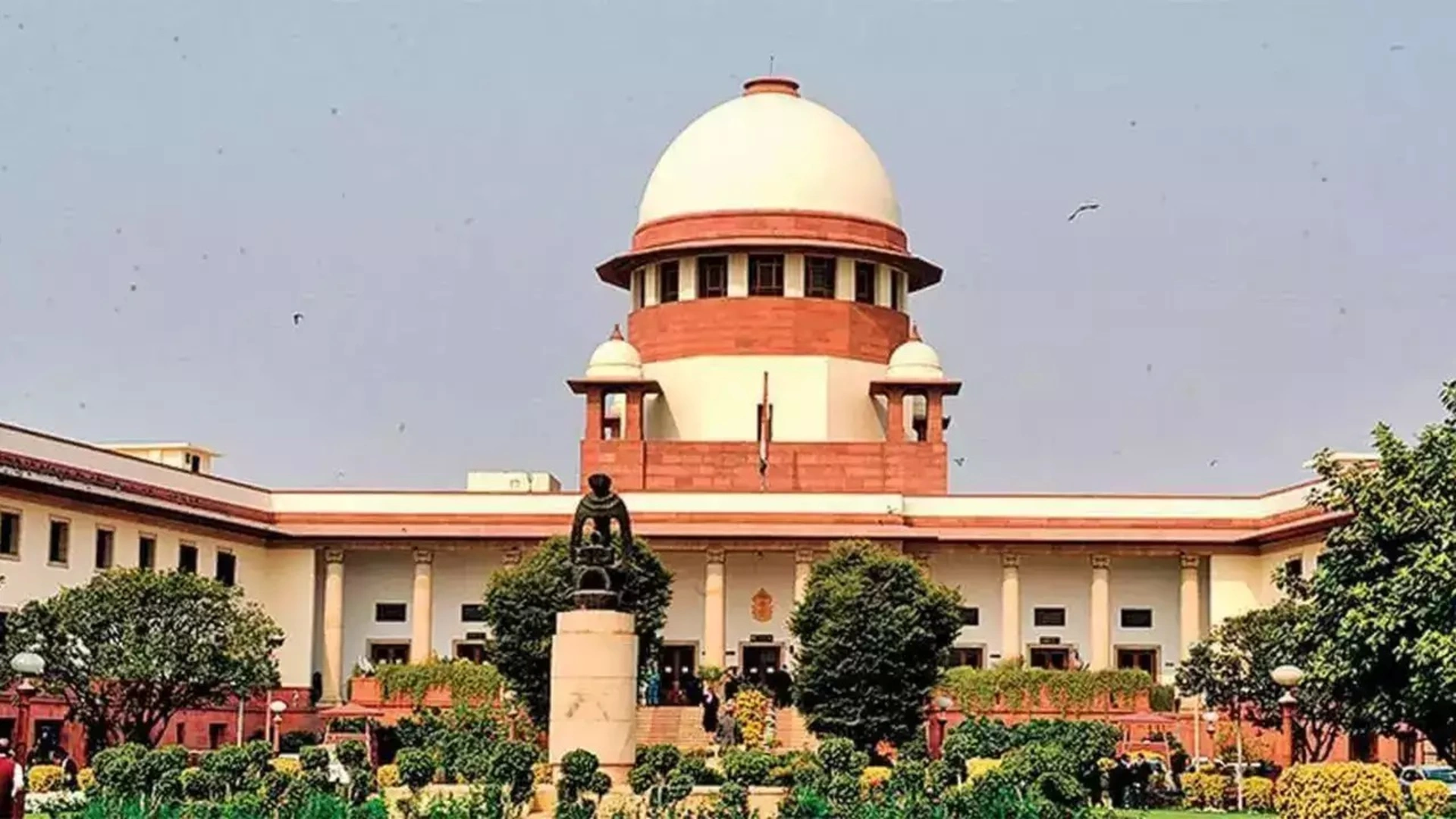A financial fraud is when a person is deprived of their rightfully earned money, capital, or any financial asset, through deceptive, misleading, fraudulent, or other illegal practices. Financial fraud can be done through various means. Some of the most common examples include identity theft, investment fraud, mass marketing fraud, banking frauds, etc. Such financial frauds may affect individual persons, groups, or entities. The damage caused may be economical, mental, or sometimes even physical.
The concept of compensation to victims stems from the aim of rehabilitation. Traditionally, victims were compensated either by the offender, his kin or by the sovereign. There were various different customs to compensate the victim, such as blood money, or blood for blood also known as a blood feud. In primitive societies, the chief of a tribe was entrusted with immense powers to maintain law and order, which also included the power to grant punishment to the offender and compensation to the victim. These societies were based on the idea of private vengeance. However, with change and development in society, this power has been shifted from the chiefs of the tribes to the law enforcing agencies. What remained the same was the fundamental principle of compensation to the victim. During the middle ages, this concept of compensation lost its significance but was soon revived in the 19th century with the Penal reform movement. The efforts of eminent criminologists such as Bonneville, Lombroso, Garofalo and Ferry, and Bentham played a vital role in its revival.
AN INDIAN PERSPECTIVE
In India, the concept of victim compensation can be traced back to 1857, when an attempt was made to provide compensation to the damage caused as a result of environmental pollution. Since then, India has tried to incorporate the ideals of victim compensation in most cases. From legislating new statutes to making amendments to the existing ones, India has covered a long route to prevent financial fraud. Fraud can be categorized as a civil wrong and a criminal act. Fraud has been defined under section 17 of the Indian Contract Act, 1872. Indian penal code criminalizes fraudulent acts under various sections such as 403, 405 read with 406, 409, 415, 421, 463, 489A etc. India took another step to prevent financial frauds in 1934 by enacting the Reserve Bank of India Act, 1934 to create a statutory body that can keep a check on the entities related to finances in India. It has a major impact on regulating the banks and reducing the probabilities of frauds.
Victims of fraud can be categorized into two:
a. Victims defrauded by the private sector,
b. Victims defrauded by local/ governmental bodies.
In both instances, victims have an inherent right to get restituted. The supreme court of India also contended the same and stated that the state must enforce the human rights of free and impartial trial, as enshrined under Article 21 of the Indian Constitution. Such a fundamental right doesn’t only protect the human rights of the accused but also that of the victim.
In the Saradha Chit fund scam, the state government comprehended its responsibility to pay the victims, thus announced a sum of rupees 500 crores for payment to them along with the money that may be raised from selling off the attached assets of the companies.
RESERVE BANK
Under the Reserve Bank of India Act, 1934, Chapter V contains penalties to not only punish the perpetrator but also providing monetary compensation to the victim. RBI took a great step by issuing various master circulars on ‘Frauds – Classification and Reporting’ and recently another master circular was issued in 2016, updated in 2017. In Chapter II of this circular, the term ‘fraud’ has been classified for uniform reporting which are based on the various provisions of the Indian Penal Code as mentioned below:
a. Misappropriation and criminal breach of trust.
b. Fraudulent encashment through forged instruments, manipulation of books of account or through fictitious accounts and conversion of property.
c. Unauthorized credit facilities extended for reward or for illegal gratification.
d. Cash shortages.
e. Cheating and forgery.
f. Fraudulent transactions involving foreign exchange
g. Any other type of fraud not coming under the specific heads as above.
This master circular also provided a penalty under Chapter VIII. RBI has power over banks, post office savings bank and other such entities.
Additionally, in 2017, the RBI revised its directions on ‘Customer Protection – Limiting Liability of Customers in Unauthorised Electronic Banking Transactions’, which meant that customers wouldn’t suffer any loss as a result of fraudulent /unauthorised electronic banking transactions, so long as they’re reported within three days, and the loss is not due to negligence by the account holder. In case of any delay in reporting, a customer may face a maximum liability of up to Rs 25,000. Any loss occurring after reporting of the unauthorised transaction will be borne by the RBI. Additionally, the National Consumer Disputes Redressal Commission (NCDRC) has also held that banks are liable to pay its customers in cases of unauthorised transactions. This, however, has been in dispute in a number of cases, including a recent case in Gujarat wherein it was held by the consumer court in Amreli that “If you have been a victim of a bank fraud or somebody has scammed money out of your bank account, the bank is not liable to compensate you for your loss”.
OTHER STATUTORY PROVISIONS
Another important act was passed in 1992 known as the Securities and Exchange Board of India Act. It established the Securities and Exchange Board of India (SEBI) which acts as a watchdog in the capital market. In 2019, SEBI issued a master circular on “Guidelines on Anti-Money Laundering (AML) Standards and Combating the Financing of Terrorism (CFT) /Obligations of Securities Market Intermediaries under the Prevention of Money Laundering Act, 2002 and Rules framed thereunder.” It included guidelines related to keeping a record of the customers, KYC policy and Client Identification Procedure (CIP) and monitoring as well as reporting of any suspicious transaction.
The Insurance Regulatory and Development Authority Act, 1999 too, protects the interests of the policyholders and also prescribes to manage fraud risks. IRDA issued a circular on ‘Insurance Fraud Monitoring Framework’ in 2013 to aware the insurers and mandate the insurance companies to opt for an anti-fraud policy. Despite IRDA issuing a public notice, there still are many – especially from a socially and economically disadvantaged background – who do not understand such terms and are predominantly the victims of such frauds. There is a need for a more transparent and verbal dissemination of information to bring these circulars to life.
The National Bank for Agriculture and Rural Development Act, 1981, National Housing Bank Act, 1987, and Small Industries Development Bank of India Act, 1989 are various other acts that act upon the guidelines of RBI to help in preventing fraud. Companies Act, 2013 doesn’t only regulate the setup and working of the companies but also imposes liability on the various key personnel. Sec. 447 of the act defines and lays down the punishment for fraud. This section already provides a slab where the public interest is not involved for the fine in cases of fraud but there are chances that the individual/ other such entity has suffered a monetary loss that’s more than the provided slab. There might be confusion related to the meaning of the term, ‘public interest’. In the case of Sunair Hotels Limited vs. Union of India & Anr. (W.P. (C) 3444 of 2016), the Court considered the above dilemma and answered it by stating that the term ‘public interest’ means as per the provisions of section 212 of the act. “The Black’s Law Dictionary, Sixth Edition, defines the expression ‘public interest’ to mean something in which the public, the community at large, has some pecuniary interest, or some interest by which their legal rights or liabilities are affected.” There are instances where a single individual is the victim of such fraud and has suffered a loss of more than the predetermined slab, then how should he be compensated? Various provisions under the act deal with various offences under the purview of fraud such as Sec. 7(5), 8, 34, 36, 38, 46(5), 75(1), 206, 229, 251, 266, 447-451.
Apart from these provisions, in cases of financial fraud involving oppression and mismanagement of a company, the shareholders of the company may approach the Company Law Board (CLB) under sections 397 and 398 of the Companies Act. The CLB has a wide range of powers and can prevent further mismanagement of the affairs of the company by taking measures such as removing the management or ordering a buy back. Additionally, under sec. 243, it also has the right to make interim orders. The shareholders can also directly approach the government in certain circumstances and request the government to investigate the affairs of the company.
Another important statute is the Prevention of Money Laundering Act, 2002. This act has been amended several times and recently Finance Act,2019 has also made some amendments in the act. The main objective of this act is to prevent money laundering and provides penal provisions as well. Punishment for money laundering is given under section 4. The amendment in 2012 had removed the limit of Rs. 5 lakhs as a fine, which albeit a positive step but can harm the victim. Without any guidelines on the same, a wide discretion has been provided to the adjudicating authority.
Two other relevant acts are the Insolvency and Bankruptcy Code, 2016 (IBC) and the Banning of Unregulated Deposit Schemes Act, 2019. Chapter VII of IBC covers offences and Penalties for insolvency and bankruptcy proceedings. This provides a hierarchy prioritizing during the distribution of assets under section 53 of the act. The Banning of Unregulated Deposit Schemes Act, 2019 has also covered penal provisions to curb any deposit scheme scams under chapter VI. The Special Court (Trial of Offences Relating to Transactions in Securities) Act, 1992 is also an important legislation that grants jurisdiction to a special court constituted under this act to discharge the liabilities and distribute the property of the guilty to reimburse the victims under section 11. In these times of proliferation of cyber frauds, a proper mechanism is of utmost importance, to not only scrutinize such acts but also have proper compensatory provisions in cases of failure.
The Information Technology Act, 2000 regulates computer-related offences and penalizes them and imposes both civil and criminal liability on the banks in case of failure to protect data and financial frauds. There have been various judicial pronouncements where Adjudicating authorities emphasized the monetary compensation to the financial frauds. In the case of 63 Moons Technologies Ltd. and Ors. MANU/SC/0629/2019, the Additional Secretary, Department of Economic Affairs wrote a letter to the Ministry of Corporate affairs stated that FTIL and NSEL that are holding and subsidiary companies respectively appear to be maintaining separate identities for a fraudulent purpose, i.e., to deprive investors of their money and posed a need to amalgamate both under section 396 of the Companies Act,1956 as a result of which the adjudicating authority passed a compensation order only to particular shareholders of NSEL. The appeal was filed in the Supreme Court on the grounds of Article 14 or Article 19, given Article 31A of the Constitution of India. The court held concerning the interests of shareholders and creditors that every member or creditor has equal rights and the same interests against the company and they all should be equally entitled to the compensation for economic loss. This judgment put an unambiguous projection that all the creditors and shareholders should be put at an equal footing where holding and subsidiary companies had to be merged to reimburse the duped investors.
SETTLEMENT MECHANISM
There are chances where the plaintiff and defendant in a fraud case agree to the civil settlement. The question arises that should such settlement be allowed? It has been answered in the case of the Central Bureau of Investigation MANU/SC/1708/2017, the Respondents-accused persons filed applications Under Section 239 of the Code of Criminal Procedure, 1973 seeking discharge, mainly on the ground they have entered into One Time Settlement with the bank for the crimes specified under sections 120B, 420, 467, 468, 471 of IPC. The Court took a reference to the case, Narinder Singh MANU/SC/0235/2014, where the guiding factors were produced that should be met in such settlements. These factors must secure either “(i) ends of justice, or (ii) to prevent abuse of the process of any court” and opined that when such factors are mitigated then the settlements can be accepted but it won’t end the criminal liability if it has aggravating effects on the society at large.
The most important question is: what should be the quantum of monetary compensation for the reparation of the injured party? This question was answered in the case of Trojan and Co. Ltd. MANU/SC/0005/1953, the Court stated that there cannot be a general principle for measuring it, and every case is unique. “It is, however, clear that in the absence of any special circumstances the measure of damages cannot be the amount of the loss ultimately sustained by the representee. It can only be the difference between the price which he paid and the price which he would have received if he had resold them in the market forthwith after the purchase provided of course that there was a fair market then. The question to be decided in such a case is what could the plaintiff have obtained if he had resold forthwith that which he had been induced to purchase by the fraud of the defendants.”
GOVERNMENTAL SCHEMES FOR VICTIM COMPENSATION
In 2009, all states were mandated to enact schemes for victim compensation, which was in line with the central government’s scheme. The primary aim of these schemes was to rehabilitate the victim / their family by providing adequate funds for the purpose of compensation, in order to mitigate any loss or injury suffered due to the crime. The court, in each case, orders whether or not the victim who suffered loss needs to get compensated.
Under this scheme, whenever an order or recommendation of compensation is made by the court, the State or the District Legal Service Authority, as the case may be, decides the quantum of compensation to be awarded to the victim. Furthermore, there is a mechanism for victim rehabilitation through compensation even in cases where the accused of a crime has been acquitted, or the case has been discharged. The court, in such instances, may make a recommendation for compensation. Where the offender is not traced or identified, but the victim is identified, the victim has the right to make an application to the State or the District Legal Services Authority for adequate compensation. If the trial Court, at the conclusion of the hearing of a case, is satisfied that the compensation awarded by the Legal Services Authority is not adequate for rehabilitation of the victim, or where the cases end in acquittal or discharge and the victim has to be rehabilitated, it may make a recommendation for compensation. Additionally, in 2015, the Central government also enacted the Central Victim Compensation Fund (CVCF) scheme to compensate the victims of crimes, which included financial crimes and frauds.
CONCLUSION:
Most financial frauds are difficult to trace, and even when they are discovered and prosecuted, the stolen assets are most likely in offshore accounts created for the sole purpose of preventing the victims from receiving any compensation.
The regulatory framework in India with regard to victim compensation has not met the standards of true restitution to the victim. This is largely due to the fact that the justice system focuses more on the conviction of the accused rather than the rehabilitation of the victim. There is also significant evidence to state that there is a lack of adequate infrastructure to ensure development. Even with the paradigm shift in fraudulent activities, there are very few victims or charity-driven support groups as compared to other crimes. There aren’t any such support groups in India. In India, there is very limited help to benefit the families and partners of the victim. Fraud doesn’t only affect the victim but also affects the families of the victim as well. It could also strain the relationship of the victim with partners and family members. Many victims don’t come forward in cases of fraud as they have lost money without telling their partners and wishing it to be kept as a secret even after fraud. Similarly, small business victims also try to keep their losses secret as they had an apprehension that it would adversely affect their business. The adjudicating authorities try to restitute the victims with monetary compensation and don’t focus on the psychological implications. There are chances where the quantum of compensation is way less than the loss incurred by the victim due to various reasons such as very fewer assets of the perpetrator.























